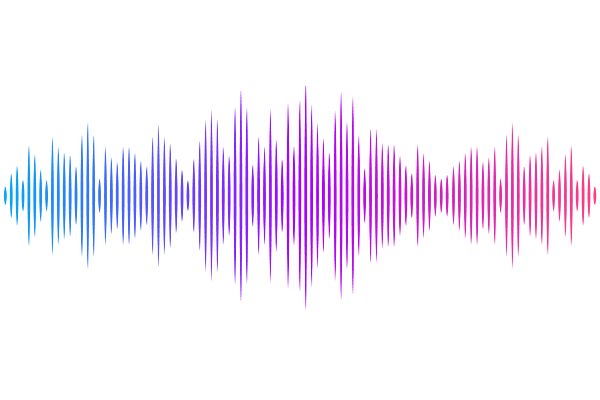Modelling rate-independent damping in insect exoskeleta via singular integral operators

Modelling rate-independent damping in insect exoskeleta via singular integral operators
Pons, A.
AbstractIn insect locomotion, the transmission of energy from muscles to motion is a process within which there are many sources of dissipation. One significant but understudied source is the structural damping within the insect exoskeleton itself: the thorax and limbs. Experimental evidence suggests that exoskeletal damping shows frequency (or, rate) independence, but investigation into its nature and implications has been hampered by a lack methods for simulating the time-domain behaviour of this damping. Here, synergising and extending results across applied mathematics and seismic analysis, we provide these methods. We show that existing models of exoskeletal rate-independent damping are equivalent to an important singular integral in time: the Hilbert transform. However, these models are strongly noncausal, violating the directionality of time. We derive the unique causal analogue of these existing exoskeletal damping models, as well as an accessible approximation to them, as Hadamard finite-part integrals in time, and provide methods for simulating them. These methods are demonstrated on several current problems in insect biomechanics. Finally, we demonstrate, for the first time, that existing rate-independent damping models are not strictly dissipative: in certain circumstances they are capable of generating negative power without apparently storing energy, likely violating conservation of energy. This work resolves a key methodological impasse in the understanding of insect exoskeletal dynamics and offers new insights into the micro-structural origins of rate-independent damping as well as the directions required in order to resolve violations of causality and the conservation of energy in existing models.